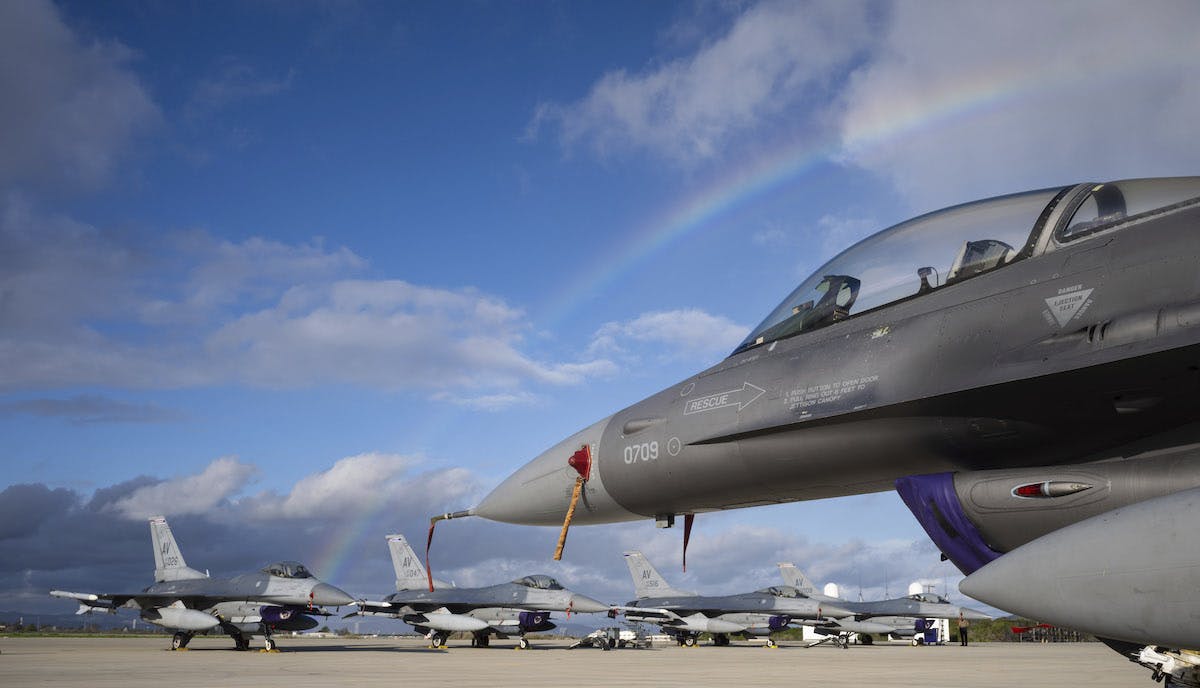Air Force Deputy Pushes Zero Trust on Mission Partner Environment
The Air Force considers how to retrofit the mission partner environment with zero trust principles amid growing cyber priorities.

Future technology solutions within Indo-Pacific region defense operations will need to be built on zero trust, the Air Force’s zero trust deputy chief said at AFCEA TechNet Indo-Pacific in Honolulu this week.
“Any mission partner environment that we are going to use at the Department of Defense of the United States is going to be built with technologies that are surrounding zero trust. So if you want to play the mission partner environment game, you have to do so with zero trust as your foundation,” said Department of the Air Force Zero Trust Functional Management Office Deputy Director Capt. Ryan Fraser.
The service just released the second version of its enterprise zero trust strategy that outlines goals it will accomplish through fiscal year 2026.
Zero trust principles have helped foster collaboration with key mission partners in the Indo-Pacific region while keeping critical data out of the hands of those who should not have access to it. This in turn allows more data to be securely shared amongst and between partners, Fraser said.
The Department of the Air Force serves as the executive agent for the secret and below releasable environment, or SABRE, a software tool designed for information sharing between the military and its partners.
Although the mission partner environment is nothing new, Fraser said their longevity is creating new issues since they were not designed at a time when building off zero trust principles had not been a priority. Plus, the partners now make up not only other militaries, but also civilian infrastructure in countries that might be culturally different than the U.S. military when it comes to cyber hygiene.
Despite Air Force’s role over SABRE, Fraser emphasized that all components of the DOD will have to build their own roadmaps to abide by zero trust principles as it relates to external partners.
“Regardless of what service you’re in or what function you perform in the DOD, Air Force mission partner environment guidance is going to affect you,” Fraser said.
Fraser said that the DOD must consider cultural awareness when collaborating with partners and shape its cybersecurity practices and access to those it is working with, without fully compromising its own principles.
“We have a lot of resources and a lot of effort that we can put into making these technologies work,” Fraser said, highlighting the potential of cost-prohibitive policies on mission partners.
“Some people aren’t going to be able to pay to play. The [department] is looking really hard right now at how we can frame things in a way that gets relevant data to the warfighter, regardless of where they’re from, as long as they’re doing the mission that needs to be done,” Fraser said.
This is a carousel with manually rotating slides. Use Next and Previous buttons to navigate or jump to a slide with the slide dots
-

CMS Uses Explainable AI to Strengthen Medicare Fraud Detection
CMS will use Milliman’s explainable AI model to help investigators focus on high-risk Medicare claims and reduce false-positive fraud alerts.
2m read -

Marine Corps’ Stormbreaker Project Rewrites Cyber Compliance Rules
Continuous monitoring and faster authorizations are helping agencies shed legacy timelines and strengthen resilience.
16m watch -

NDAA Ushers in Procurement Reforms to Break Pentagon Stovepipes
Lawmakers say the shift to Portfolio Acquisition Executives, higher commercial thresholds and rapid fielding offices will help the military outpace China and emerging cyber threats.
3m read -

Tracking CIOs in Trump's Second Term
Stay informed on the latest shifts in federal technology leadership as new CIOs are appointed and President Trump's second term takes shape.
6m read








